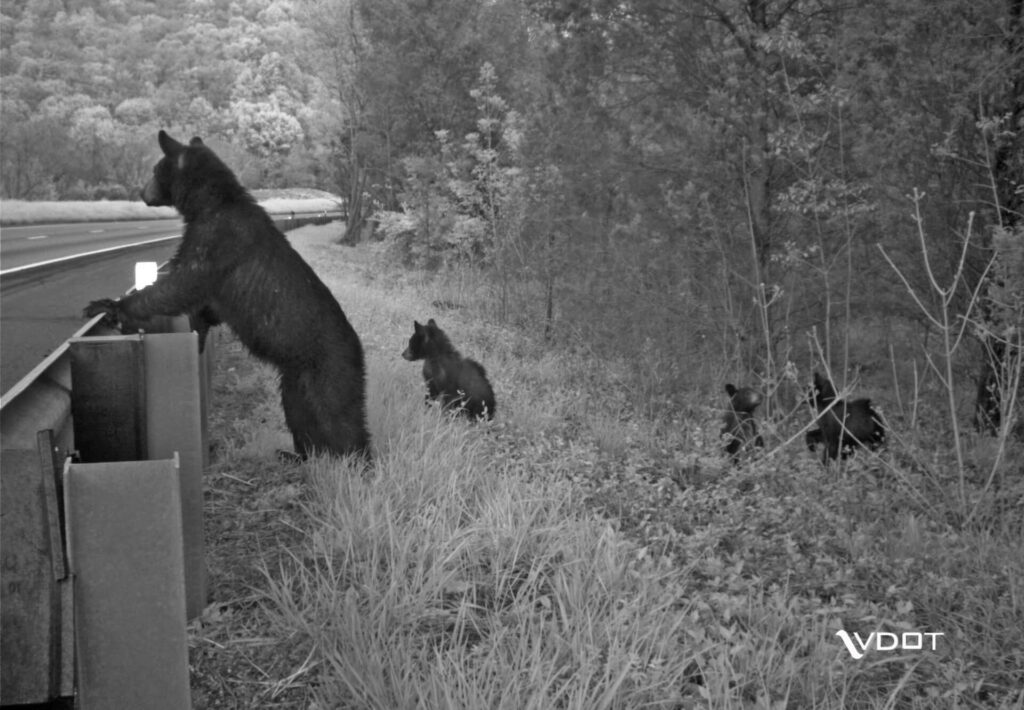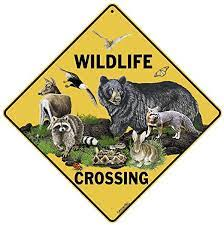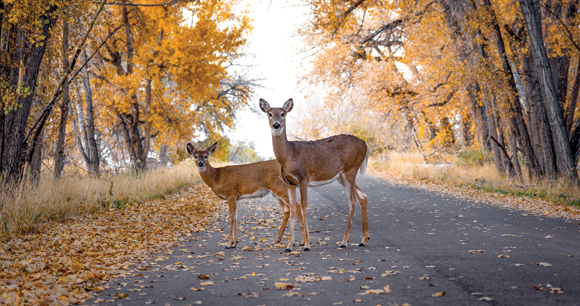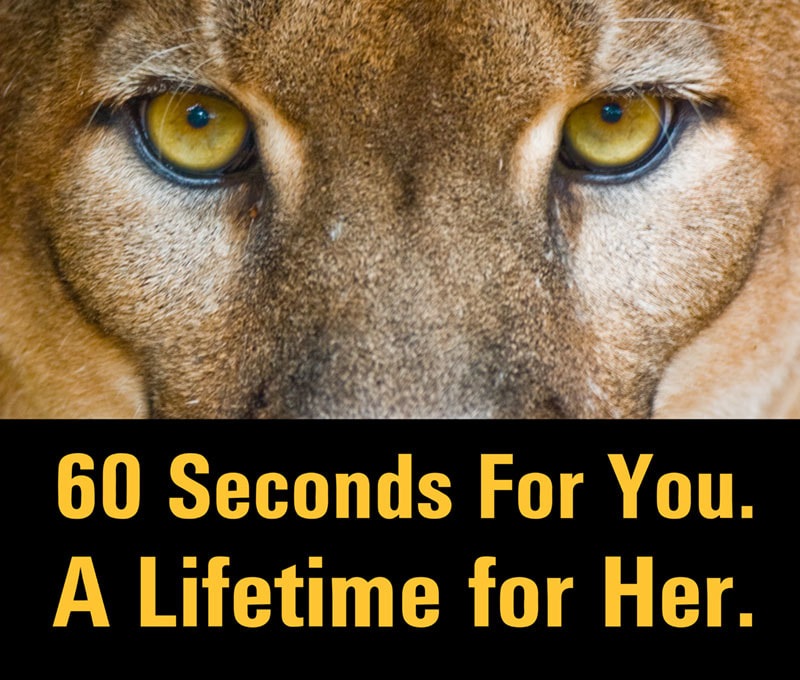“The greatness of a nation and its moral progress can be judged by how its animals are treated” ~ Gandhi
THE MISSION: PROTECTING WILDLIFE FROM THE HAZARDS OF ROADS
The National Anti-Roadkill Project (NARP) distinguishes itself as the only NGO whose mission is: “Protecting wildlife from the hazards of highways and roads”. Conservative estimates indicate that in the United States over 1 million vertebrate animals are killed by vehicle collisions every day. That staggering statistic leaves no doubt that there is a compelling need to take forceful action to address this issue without further delay. NARP will take such action to reverse the ever-growing threat to wildlife posed by roads that invade their habitat.
Wild animals are at grave risks when forced to cross roads for their survival. NARP’s aim is to significantly reduce the colossal number of deaths and countless crippling injuries, oftentimes which leave behind helpless orphans, that occur every day on America’s roads as a result being stricken by motor vehicles.

NARP intends to achieve its mission by implementing driver safety measures and road safety measures that can significantly reduce avoidable wildlife-vehicle collisions (WVCs).
The Florida panther is a critically endangered species. Since road kills are a leading cause of death of this iconic feline, it is essential that NARP’s mission be implemented ASAP. Once NARP is operational, its initial campaign will address the challenge of the panther roadkill crisis by zealously focusing on driver safety measures and road safety measures to mitigate the risk of extinction of this apex predator. Details about the panther roadkill issue and NARP’s action plan to tackle this crisis can be found on the Panther page of this website.
THE PROBLEM: 4 MILLION MILES OF ROADS
Roads result in the loss of wild animals due to WVCs and also results in habitat fragmentation that blocks migration routes, thereby further interfering with their ability to survive. This is partly because traditionally many developers and road design engineers have often failed to take wildlife movement into account when planning road construction. Ideally, all new highways should incorporate animal welfare and habitat-sharing standards as legitimate design questions to provide safe crossings at adequate intervals. This would be a big step in the direction of allowing wildlife to cross roads to find food, water, shelter, and to be with their families.

The development of roads also affects wildlife by altering and isolating habitats and populations. Populations are detrimentally affected when large and contiguous habitats get divided into small, isolated patches of habitat.
Disrupting wildlife by inserting barriers, such as roads, which results in the destructive effects of habitat fragmentation are compounded by the fact that approximately 276 million vehicles are registered to be on public roads in the U.S. Consequently, it is little wonder that alarming rates of wildlife fatalities are attributed to vehicular traffic. The somber reality is that, in the absence of a comprehensive effort to reverse the ever-growing threat of roadkill to wildlife, this needless carnage will continue unabated.
THE SOLUTION: DRIVER AND ROAD SAFETY MEASURES
The solution requires a multi-dimensional approach commensurate with the magnitude of the problem. NARP plans to work with federal, state and local wildlife services; department of transportation agencies; law enforcement; and other NGOs to minimize WVCs.
The focal point of NARP’s roadkill mitigation effort will be a hard-hitting call-to-action plan, primarily aimed at drivers, who must be educated to consider the welfare of wildlife when they are behind the wheel. Driving responsibly for animals, with habits such as tempering driving speed and carefully monitoring the road and its sides, is a win-win that will make travel safer for people and animals.
NARP’s campaign will also target governmental agencies that are responsible for safety on our roads, including traffic officials, law enforcement, and legislators charged with making rules and regulations that impact highway safety. Details of NARP’s action plan can be found on the Mitigation page of this website.
The challenge is to create a world in which wildlife and our 4-million-mile public road network can coexist. NARP is resolved to champion a growing tide of intolerance for the needless carnage currently taking place on our roads. This initiative will make a difference for the defenseless creatures that are trapped in the network of roads that have invaded their habitat.

The time is long past due to address this critical issue head-on with a new paradigm that finds it unacceptable to view the maiming and killing of wildlife as simply a price we pay for the convenience of driving in the modern age. That view is a stain upon our society, and NARP will vigorously devise solutions to abate the casualties suffered by wildlife on our roads.
Family of Four Florida Panthers in the Wild
Co-Founder of the National Anti-Roadkill Project: Protecting wildlife from the hazards of highways & roads




